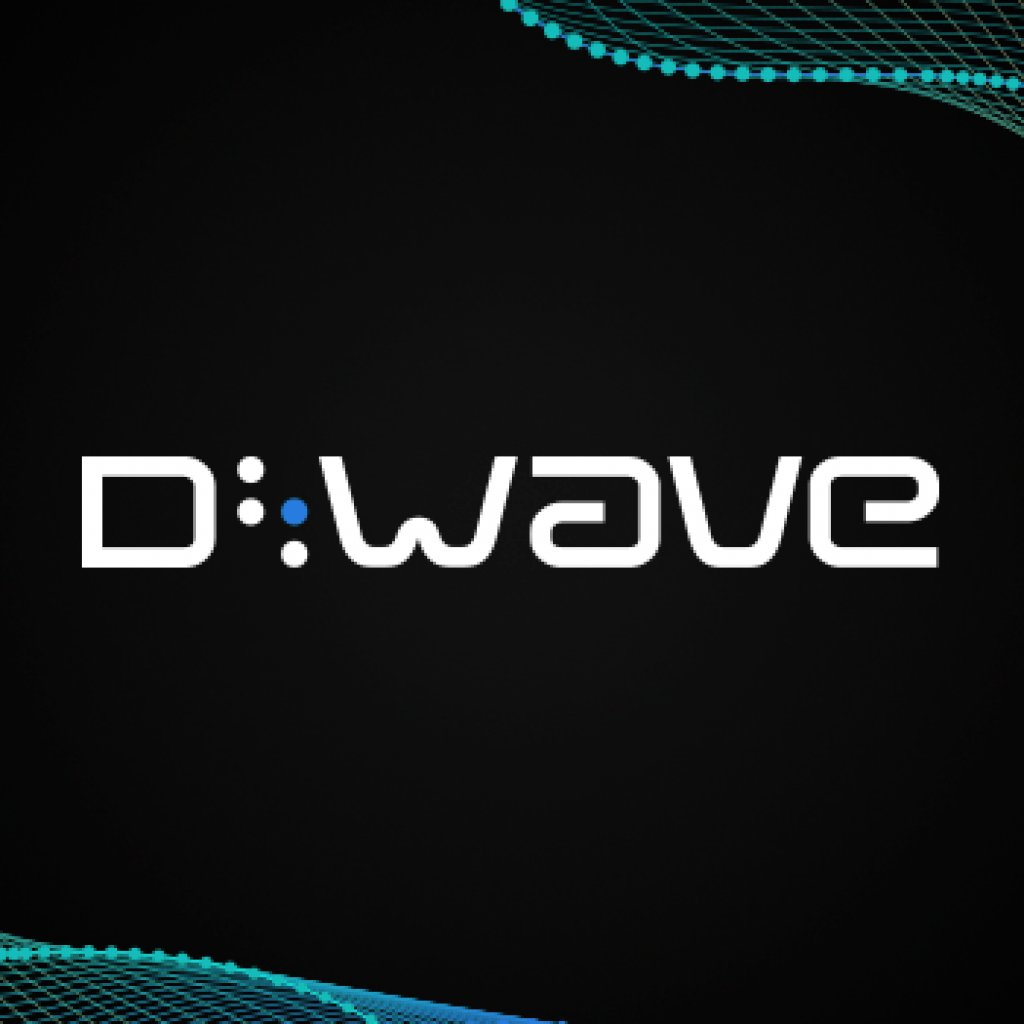D-Wave Quantum reported $1.7 million in revenue for its fiscal third quarter of 2022, up about 24% from the $1.37 million revenue posting in the second quarter this year, and about 30% more than the $1.3 million in revenue earned in the third quarter of 2021.
That revenue posting reportedly was under analyst expectations of about $2 million in revenue for the quarter, but D-Wave President and CEO Alan Baratz was upbeat, saying the company is turning rising customer interest into sales.
“The first half of the year was somewhat slower than unexpected. But the headwinds that I mentioned last quarter have begun to subside, and we are seeing traction on a number of fronts,” Baratz said on the company’s earnings webcast.
He later added, in response to an analyst question, “We’re not seeing a slowdown at all, we’re seeing a speed-up in our ability to move customers through the sales pipeline, and we are seeing an increase in interest and desire among customers to work with us. Now, part of I think the increase in interest and desire is the fact that we’re doing a really good job of kind of getting the message out that quantum computing is real today and can benefit your business.”
D-Wave’s positive vibes are much needed right now in the quantum sector, after this week’s news from Rigetti Computing, another publicly-traded, pure-play quantum company, that founder Chad Rigetti is leaving the firm. After D-Wave’s earnings report, D-Wave’s stock traded up slightly, ending Thursday at $2.55 per share, about three months after the company went public at $10 per share.
D-Wave also touted its growing customer base, saying it collected 63 commercial customers in the first nine months of the year, a 34% year-over-year increase. About one-third of the customers are Fortune 2000 firms, the company said. D-Wave also said it worked with customers on a variety of new and expanded quantum hybrid applications, including 3D bin packing, customer offer allocation, employee scheduling, feature selection for machine learning, job shop scheduling, and manufacturing optimization.
D-Wave also created a new, streamlined pricing structure for its quantum computing-as-a-serviceQCaaS offering, shifting from a consumption, time-based approach to a seat-based and application-based collection of offerings. That model is closer to the traditional model for how enterprises consume IT and computing products and services.
Dan O’Shea has covered telecommunications and related topics including semiconductors, sensors, retail systems, digital payments and quantum computing/technology for over 25 years.
